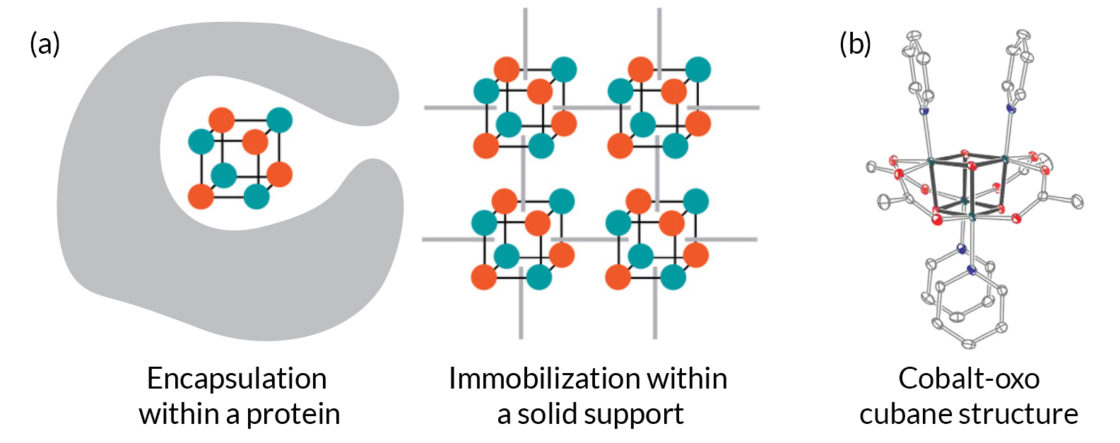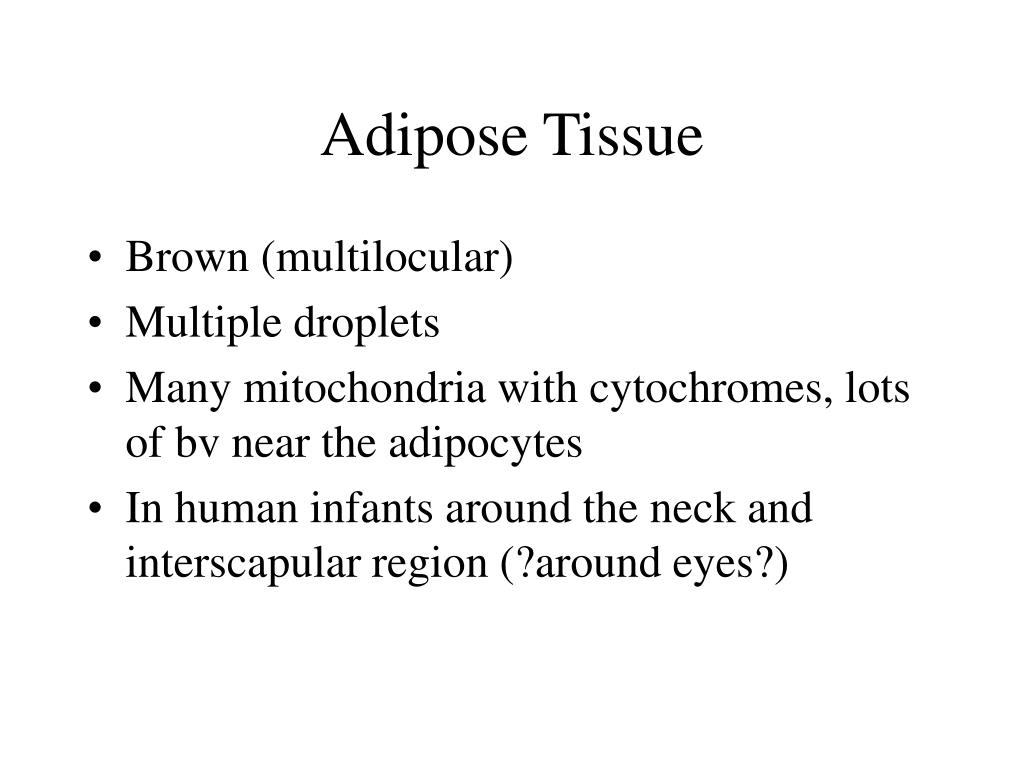
The cargo protein must be bound and displayed rigidly so that it does not become smeared out during reconstruction of the full structure. Two key challenges have hindered the development of useful cryo-EM scaffolds: rigidity and modularity. molecules of known structure that are large enough to visualize in atomic detail by cryo-EM, and simultaneously able to bind and display a smaller protein molecule of interest, effectively making the smaller ‘cargo’ protein part of a larger assembly that can be structurally elucidated as a whole 8, 9, 10, 11, 12. An alternative approach is to design molecular scaffolding systems-i.e. These studies on small proteins have begun to approach the 38 kDa theoretical lower limit proposed in 1995 3. There, a resolution of 3.2 Å was achieved for human hemoglobin (64 kDa) and streptavidin (52 kDa) 6, 7. In other recent studies, the use of phase plates 5 have been important in enhancing image contrast. With optimal sample preparations it has been possible in a recent study to reach high resolution (better than 3 Å) for structures as small as 64 kDa 4. The goal of visualizing small proteins by cryo-EM has motivated research efforts along multiple directions. Overcoming this lower size barrier could bring electron microscopy close to the ultimate goal of a universally applicable method for structural biology. 1, 2), a lower size limitation has prevented application of this powerful method to proteins smaller than about 50 kDa 3, which is larger than the average cellular protein. For cryo-EM, despite recent technological advances that have revolutionized the field (reviewed in ref. X-ray crystallography presents difficulties in crystallization, while NMR methods become challenging for very large macromolecules. Yet the leading techniques-X-ray crystallography, NMR, and electron microscopy-all face obstacles that limit their universal application. Methods for visualizing macromolecules in atomic detail have transformed our understanding of molecular biology. If there is any interested in our scaffold protein products or library construction services, please free feel to contact us at. To further promote the meritorious scaffold protein research of our clients, our scientists also provide novel library construction services for scaffold proteins. Through the past decade, Creative Biolabs has been well-recognized by our guaranteed high quality products, excellent credit and passionate services.Īs an industry leader, Creative Biolabs is proud of our rigorous academic team, advanced technique platforms, considerate services and the highest quality products. In addition, bulk purchasing of scaffold proteins from GLP to GMP level could also be accepted. We can offer the most comprehensive list of scaffold proteins, including over 30 different types, such as 10-FnIII, Affilin, Min-23, Ubiquitin, Kunitz domains, PDZ domain, Z-domain of protein A and so on. With extensive research and development experience in the field of scaffold protein, the delivered products from Creative Biolabs have assisted our customers all over the world. They can be treated as a kind of antibody mimetics in the development or application of therapeutic and diagnostic tools.Ĭompared with commonly used antibody, scaffold proteins have various advantages: In biology realm, scaffold proteins play a crucial role in a wide range of biotechnological and pharmaceutical applications. Scaffold proteins are characterized by the ability to simultaneously interact and/or bind with multiple other proteins, and organize partner proteins into a framework to facilitate their concerted interactions and functions. Our devoted scientists are pleased to offer high quality scaffold proteins of choice to assist our customers all over the world. The Novel Coronavirus (SARS-CoV-2) Nucleoprotein (NP) ELISA KitĬreative Biolabs is a unique scaffold provider who own the most comprehensive list of various scaffold proteins.


The Novel Coronavirus (SARS-CoV-2) Fluorescent RT-PCR Detection Kit.Detection Kits for Novel Coronavirus SARS-CoV-2.


 0 kommentar(er)
0 kommentar(er)
